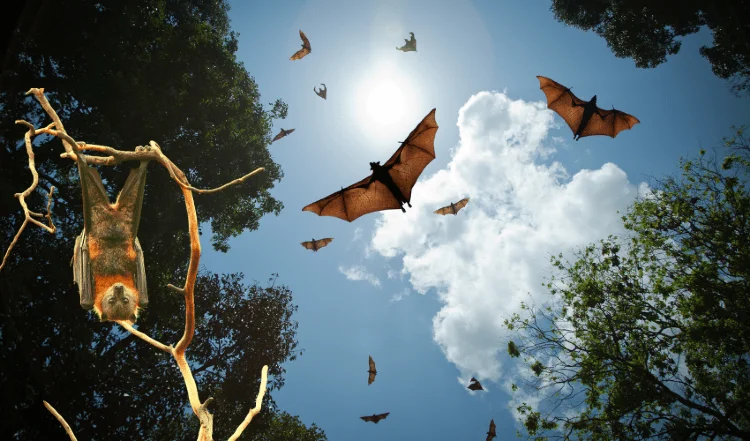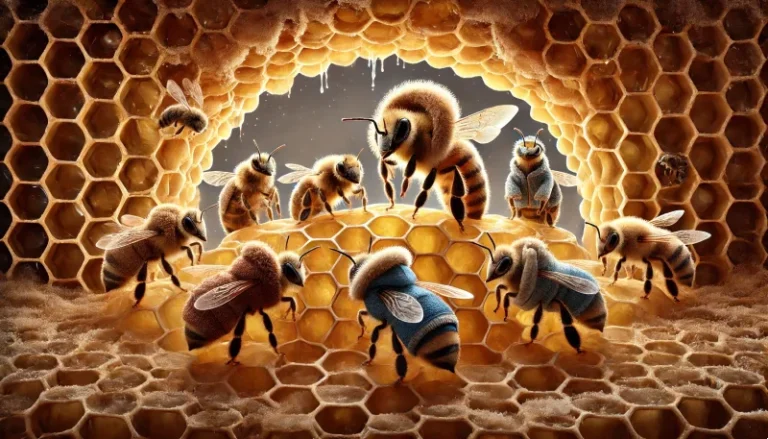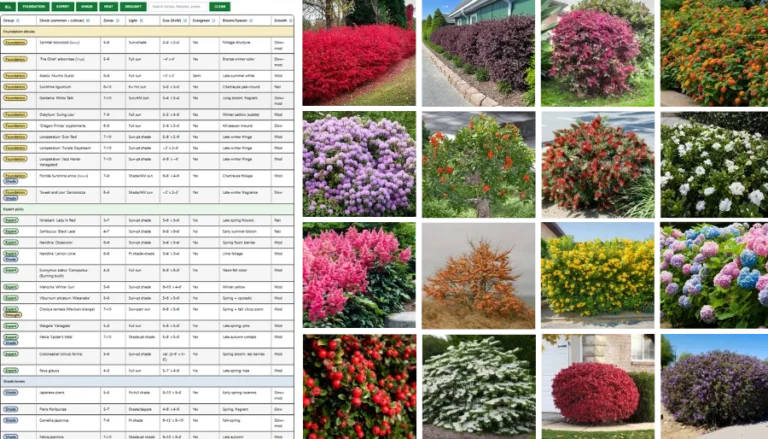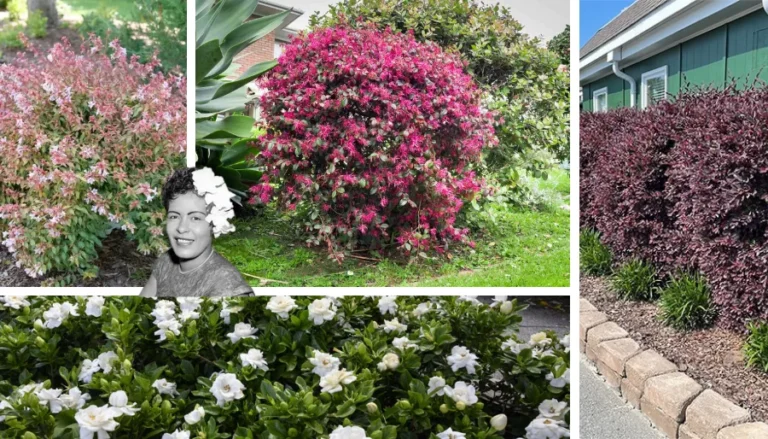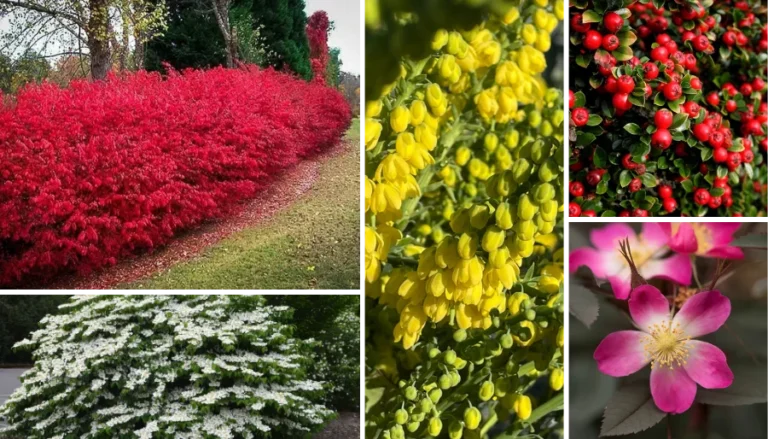Attracting bats to your backyard provides benefits for you, your family, your garden and the environment. Bats are voracious insect eaters, especially the ones we all hate the most. The pesky ones that prey on us and our gardens. Some species of bats are even dutiful pollinators.
Of course, all bats provide a nutrient rich fertilizer with their droppings (otherwise known as guano).
Having bats in your backyard will help protect your garden from the harmful insects that damage or destroy it.
Bats can consume almost their body weight every night in mosquitos. They also eat plant destroying insects including beetles, moths, grasshoppers, hornworms, and stinkbugs.
Bat guano will be a great fertilizer for your garden and landscape plants. Use this guide to help you make your yard a bat friendly environment.
To make your backyard a bat friendly zone, you will need to do a few things to make it inviting to them. You need a reliable water source, night blooming flowers and herbs, and a bat house.
Bats do like to roost in trees, so having trees in your yard is a plus. Be sure there is plenty of open space in your yard for the bats to fly. If you have any dead trees, leave them (as long as they don’t pose a threat) as bats seek shelter in the hollows of trees and between the loose bark and trunk.
It’s also very important to not use harmful chemicals in your yard. Pesticides and herbicides pose a threat to bats from exposure, as they consume the insects with this toxic residue on them.
Bats Need A Water Source
Bats prefer to fly over water and grab a quick sip while in flight. It’s impressive!
So unless you have a pond in your yard, you will want to place a bird bath in an area of the yard that is free from any obstructions that wouldn’t allow the bats free flight over it.
Always be sure to clean and fill the bird bath frequently to prevent bacteria build up and disease transmission.
Grow Plants That Bats Like
To attract bats, plant some night blooming flowers and herbs. These will attract the insects that the bats like to eat.
By providing a variety of these plants in a designated area or a few different areas in the yard, you’ll attract an array of insects. Bats enjoy variety!
The more insects the better.
Bats also like linear shrubs and bushes, as well as trees for roosting.
Put Up A Bat House
Bat houses are very important if you want to attract bats (and you should). They don’t just provide shelter, they also provide security as the bats raise their young.
You can choose to build your own bat house (BCI or Bat Conservation International has instructions available online) or purchase one.
Be sure that the house is placed in an area that is open and free of any obstructions, and receives at least 6 hours of sunlight daily.
Mount the house on a pole or building at least 15-20 feet from the ground, and provide 10-14 feet of clear space between any vegetation and buildings. Remember, bats will drop a few feet before flying upwards.
The house should face south, east or southeast.
It’s recommended to paint the house a dark color to help absorb the heat. Bats prefer the house at a temperature between 80–100 degrees F (27–38 degrees C).
The best time to place a bat house in your yard is in the spring or early summer.
You will have to do some maintenance to the house regularly – like any residence in truth.
Check for any damage that needs to be fixed, as bats will abandon a house if a hole exposes them to light or water.
Bat Conservation International provides the best information on maintaining your bat house after you have it in place.
It’s also important that you don’t disturb the bats when they are inside the house. Bats are picky neighbors. A little disturbance could cause them to abandon it altogether.
The best way to know if a colony is using your bat house is to look for bat droppings on the ground around the house. And be sure to gather them to use for fertilizer.
Don’t be discouraged if bats don’t move in the first year, most houses are inhabited within 2 years, if after 2 years it still isn’t occupied you might need to move your house to another area.
Let's Discuss Bat Guano
Always be sure to wear protective gear when handling bat guano. Gloves (rubber or disposable medical gloves) and a face mask are necessary. These are droppings from wild animals, after all, so it’s better to be safe.
Bat guano (droppings) will provide your garden, plants and landscape with a nutrient rich fertilizer. But before you work it directly into your garden topsoil, you first must turn it into what is known as guano tea.
I realize that doesn’t sound appetizing, but it is safer for your plants.
Place about a cup of guano for each gallon and allow it to sit overnight. Essentially, you’re using the guano as a concentrate and mixing with water.
Once it sits overnight, it’s safe to use on all your plants.
More To Discover
- 21 Best Drought-Resistant Vegetables to Grow in Your Garden This Season
- USDA Updates Plant Hardiness Map Reflecting Warmer Zones, Stirring Gardener Concerns Over Climate Change
- The Role of Beneficial Insects in Greenhouse IPM: A Key Component of Pest Control
- Turning Aloe Vera Waste Into A Natural Bug Fighter
You can also add guano to your compost bin. In fact, it helps speed up the composting process. It’s also a great way to help a new compost bin get going.
Just place a layer on the bottom of the new bin, spray a little water on it and place your composing items on top and let the guano get to work.
Plants That Attract Bats
-
- Night Blooming Phlox
- Evening Primrose
- Fleabane
- Moon Flowers
- Datura
- Golden Rod
- Nicotiana (Tobacco Plant)
- Honeysuckle
- Four O’clocks
- Yucca
- Night Blooming Jessamine
- Cleome
- French Marigold
- White Jasmine
- Night Flowering Catchfly
- Thyme
- Dahlia







